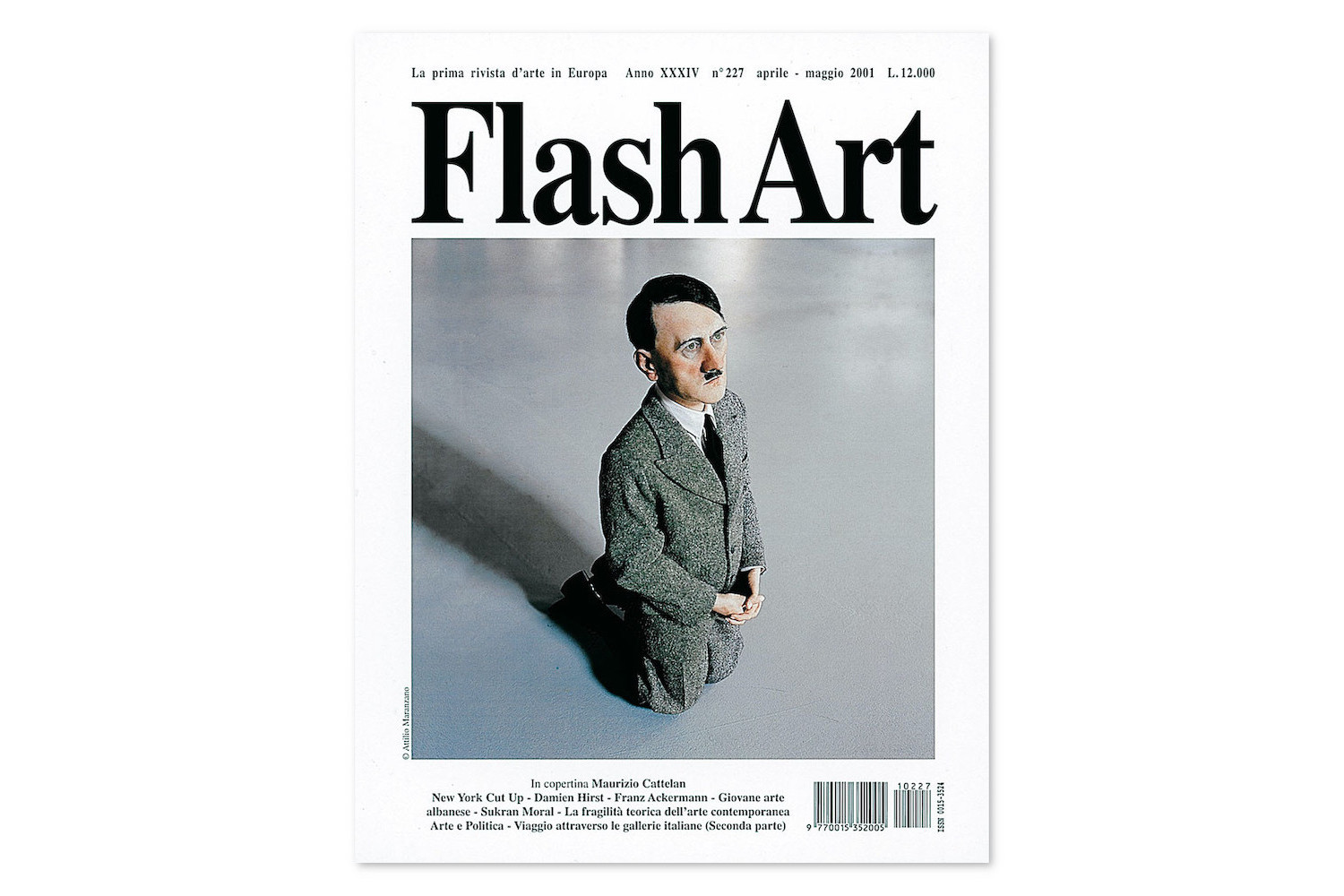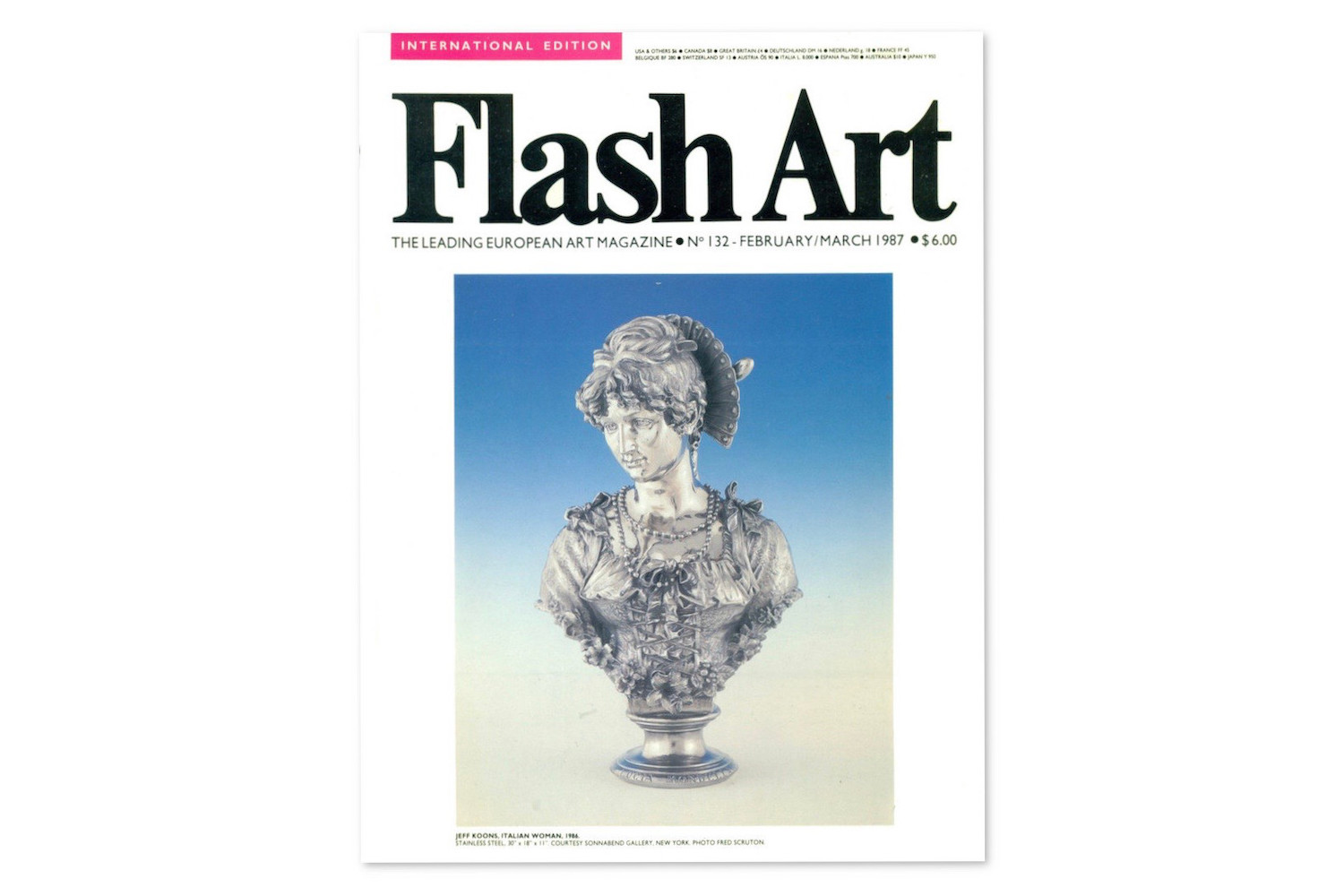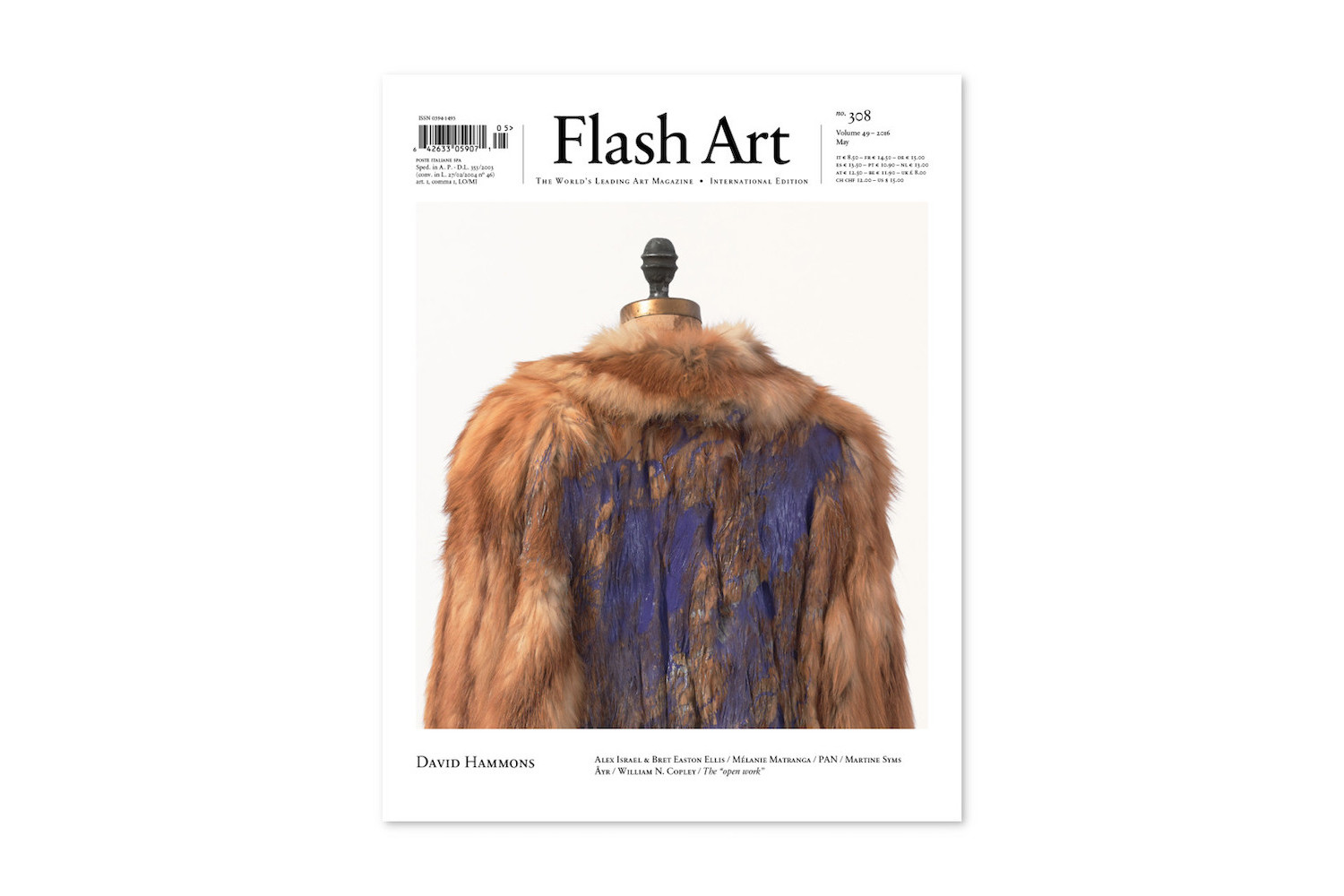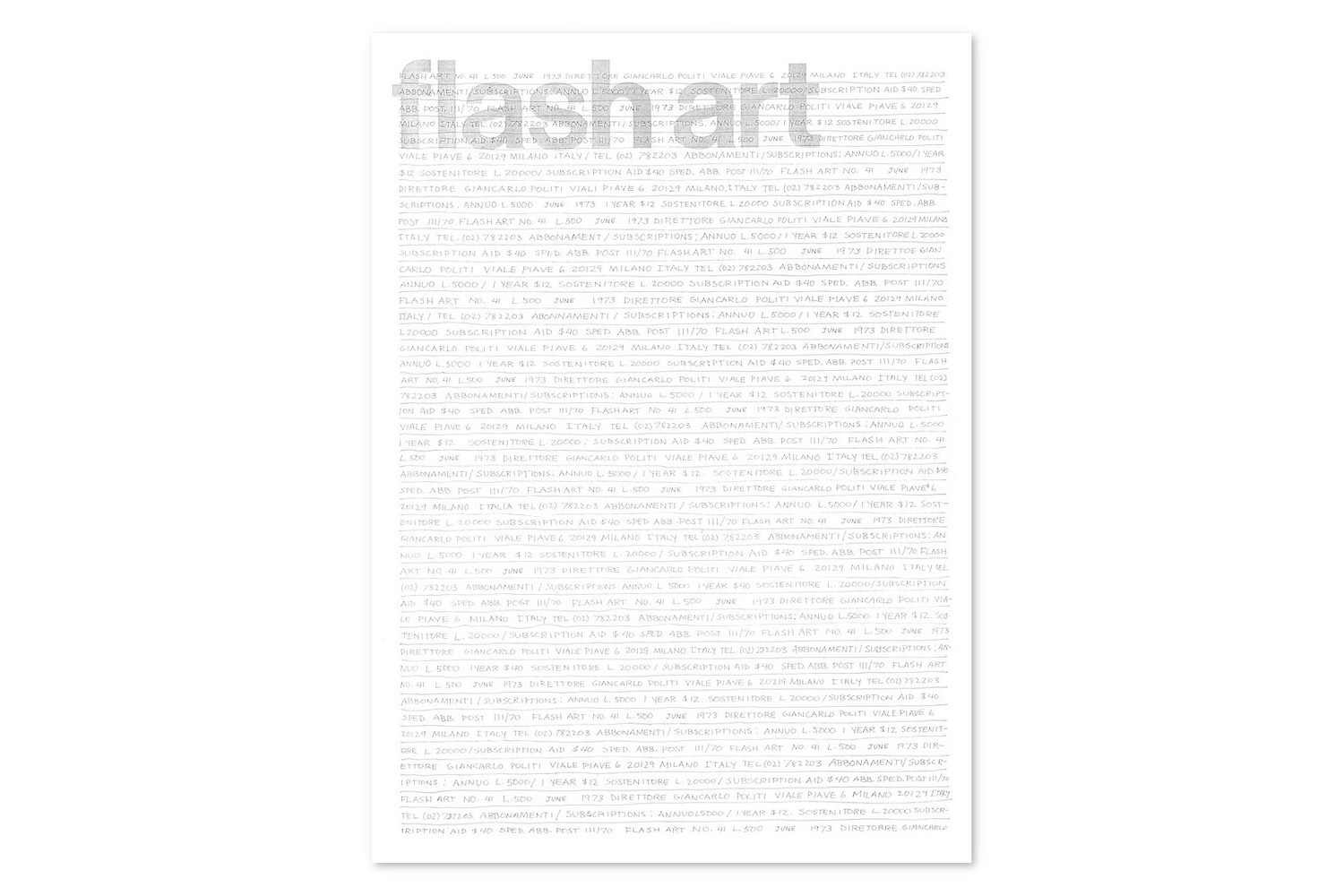Fashion is a great producer of contemporary culture. A profound cultural engine, its impact on our surrounding visual and emotional landscape is pervasive. A fashion show is a performance — with human performers, lights, colors, music, and designs — that takes months of study, intuition, and passion to be translated into reality. In recent years, fashion has evolved into a complex and articulated system, fostering a natural dialogue with theater, art, performance, music, and cinema, at times fusing all these elements together.
Fashion’s support of exhibitions and artists through the creation of foundations and art spaces is no longer just an “external” commitment to culture. Fashion today speaks as an insider. Not through appropriation, as many critics have written, or by communicating through non-fashion channels, or by designing statement-driven T-shirts, which have also been met with much disappointment. In this new relationship with the arts, there is a sort of defiance of the rules of marketing that pushes toward an active contamination of other cultural systems, often (wrongly) considered more noble or intellectual. Valentino, under the guidance of Pierpaolo Piccioli, has forged a new path for fashion with the production of true artistic creations like the Haute Couture show in Rome in dialogue with Nick Knight. This time, Valentino’s spring/summer 2021 show took place in the 1930s Macchi Fonderia building, opening with a performance by British singer-songwriter Labrinth, and enchanting the audience with “Jealous” and “Beneath You Are Beautiful.” There are no longer any disciplinary boundaries between the arts. Even if we may feel a need for a contemporary Linnaeus, the art world is beyond taxonomy. It is free, and we must look at the quality of content, not at prefixed latitudes or longitudes. As editors of Flash Art, we have thus opened our digital platform, for the first time, to the streaming of a fashion show, thanks to Valentino, to build a dialogue with contemporary art audiences. Experimentation with codes and genres are at the center of change and innovation.




